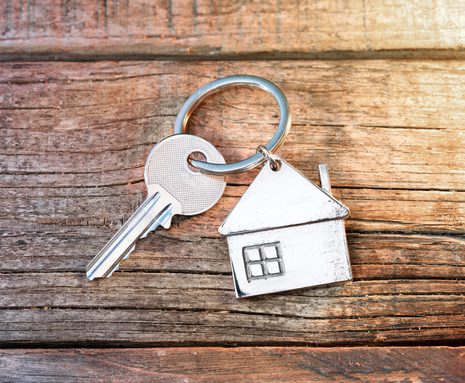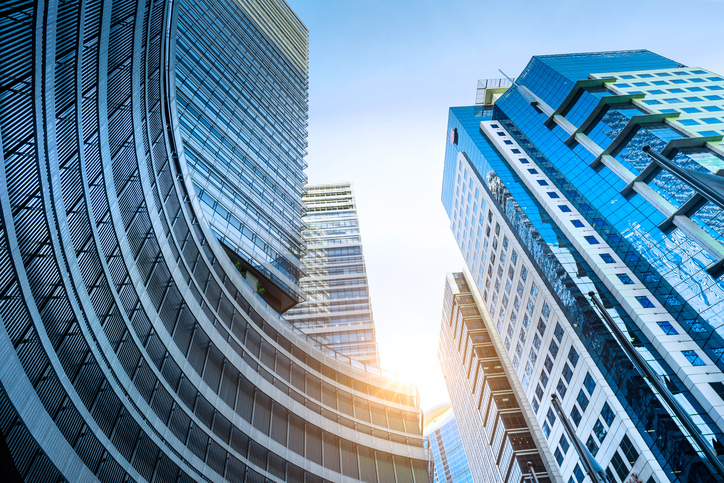“Tip: It’s advisable to buy condominium at the initial price offering from reputable companies. Usually the price increases by 3% to 10% in six months to a year depending on the location of the project and the take-up of sales.”
DUBAI: Does it boggle your mind to know that some overseas Filipino workers (OFWs) making Dh1,700 a month would run the extra mile to invest in real property?
Unbelievable? Consider these top reasons why doing so is said to be the next best thing since drive-in movies and popcorn on roller skates.
1. The value appreciates – continuously.

“Five years ago,” said Miguel Capada Bilan, Jr., sales and operations manager at Sta. Lucia Land – Dubai, “our residential lots were averaging Ph3,000 to Ph5,000 per square meter.”
“Nowadays,” he said, “we are pre-selling at Ph7,000 to Ph8,000.”
Condos, he said, were averaging between Ph60,000 and Ph80,000 five years ago. “These days, price starts at Ph100,000 depending on the location.”
And it will continue to go up five years down the road, Bilan said. “Walang depreciation,” he said. (There is no depreciation.)
Said Entrepreneur Middle East, “Real estate has a high tangible asset value,” which means, it further said, “There will always be value in your home.”
“Other investments can leave you with little to no tangible asset value such as a stock which can dip to zero, or a new car which decreases in value over time,” the portal said.
Bilan said the value appreciation is definitely better than having the money sit in the bank where it definitely would not grow that much interest.
Gino Macapagal, SMDC sales director, for his part said that as real estate always appreciates in value, “you wait for the property value to increase then resell it at the right time and price.”
He offers this tip: “It’s advisable to buy condominium at the initial price offering from reputable companies like SMDC. Usually the price increases by 3% to 10% in six months to a year depending on the location of the project and the take-up of sales.”
2. Passive income.

“You can rent it out to pay for the amortization with the bank. So, it’s a good source of passive income when your retirement age comes,” said Bilan. “Meron kang pagkakakitaan kahit wala kang trabaho.” (You’ll be making money even if you’re not employed.)
Martin de Leon, assistant vice president at Greenfield Development Corp. (GDC), said condominiums are among things OFWs consider in their retirement plans. Although prices are in the millions, developers offer multi-year payment terms that make the monthly payments affordable.
“Moreover, it’s also for the safety of the OFW to invest in ‘real’ assets as a form of retirement fund since he or she would not be dependent on the discretion of their family members on where to spend the money they send.
“We have heard too many stories of OFWs returning home just to find out that their family has no savings simply because they spent the remittances they received frivolously or in a failed business,” de Leon said.
Said Macapagal, “You can earn from rental income, especially in areas like business districts, schools, malls, near transport hubs, and tourist destinations.”
Stories abound about OFWs having been able to get another condo unit because the first ones they have were already self-sustaining.
“Yung buwanang bayaran ko sa unang condo ko kinukuha ko sa renta kaya meron akong pansimula muli na pambayad sa pangalawa ko galing naman sa sahod ko,” said Lenny Macario, a registered nurse working in Dubai. (I get my monthly amortization payments from the rent and so I can start on another condo unit from my salary.)
The same story goes for 48-year-old Anthony dela Rama, who is now on his fourth condo unit. “Tyagaan lang sa bayaran pero may guaranteed results naman. Tubong lugaw nga pero pangmatagalan,” he said. (You just need to strictly follow payment schedules. Results are guaranteed so why not? Huge profits can ve realized but not overnight.)
3. A better option than renting all your life.

Think of it this way, you pay the rent for a place to stay. Over time, the amount you have spent renting would have been enough to get yourself a nice comfy condo, “Dagdagan mo na lang ng kaunti,” said Bilan. (Just spend a few more.)
Emma Sta. Ana, a media practitioner in Dubai, pays Ph17,000 a month for her Shaw Blvd. 39th floor condo. A rent in the area easily starts at Ph20,000 if the building is new, she said. “So, it’s like renting to own when buying a condo,” she said.
Precisely the point: As property value continues to rise, wouldn’t you be better off paying monthlies for something that you’d eventually own – and at a much higher re-sell worth?
“If you are really into investing in a condo, there are a lot of ways that can make it less financially challenging,” said Bilan, explaining that there are installment plans that can take from five years to 15 years through the banks, or even 30 years with Pag-IBIG Fund.
There are people who opt to save money so that they can buy a unit in cash – but cash payments rarely happen because one would most likely be inclined to splurge, said Bilan, adding that paying monthlies would, on the other hand, compel one to save.
4. You get protection from inflation.

The nice thing about buying a condo is that developers have tie-ups with financing institutions, which usually sets payments at a fixed interest rate; and so you get to pay within the same range even if inflation goes high, which entails higher rates.
De Leon further explains: “In the past few years, interest for bank deposits approximate the current inflation rate of the Philippines. Condominiums are better than cash as a hedge against inflation since their prices as well as prices of rent rise as much if not higher than the prevailing inflation rate.” : “As such,” he added, “it’s my view that investing in a condominium unit is better than just keeping cash in the bank since any appreciation in value approximates the interest the bank would have paid you in a bank deposit and you get to enjoy the usefulness of the unit in terms of rent or by living in it.”
5. The Philippines is experiencing a real property boom.

With the breakneck speed to which construction of real estate is going comes a commensurate rapid increase in which property value rises, developers said.
James Lang LaSalle, in its March 2018 report, stated that the Udenna Group topped off a 24-storey tower in Bonifacio Global City; Robinsons Land Corp. launched its Zeta Tower; Oakridge Realty Development Corp. has commenced construction of its 12-storey Oakridge IT Center Tower in Mandaue City, Cebu. On the residential side, Italpinas Development Corp. is developing Miramonti Green Residences, a mixed-use condominium project in Santo Tomas, Batangas.
Colliers, for its part, said the Philippines’ real GDP rose by 6.9% in the third quarter of 2017, surpassing market expectations. “Year-to-date growth stands at 6.7%, well within the government’s and multinational banks’ projections,” the think tank said in its report entitled, “Philippines: Top 10 Predictions for 2018.”
“The Philippines’ property sector recorded mixed results for the first nine months of the year (2017). While we see challenges ahead, opportunities for the sector abound over the next 12 months,” the report said.
Colliers said the improvement of road networks and expansion of airports “should further unlock land values in these areas, making them more feasible for residential projects.”
“The demand for residential units in these locations will continuously grow as we believe that a significant part of the remittances sent in by OFWs annually will continuously be set aside for Filipinos’ housing requirements,” the think tank said.



